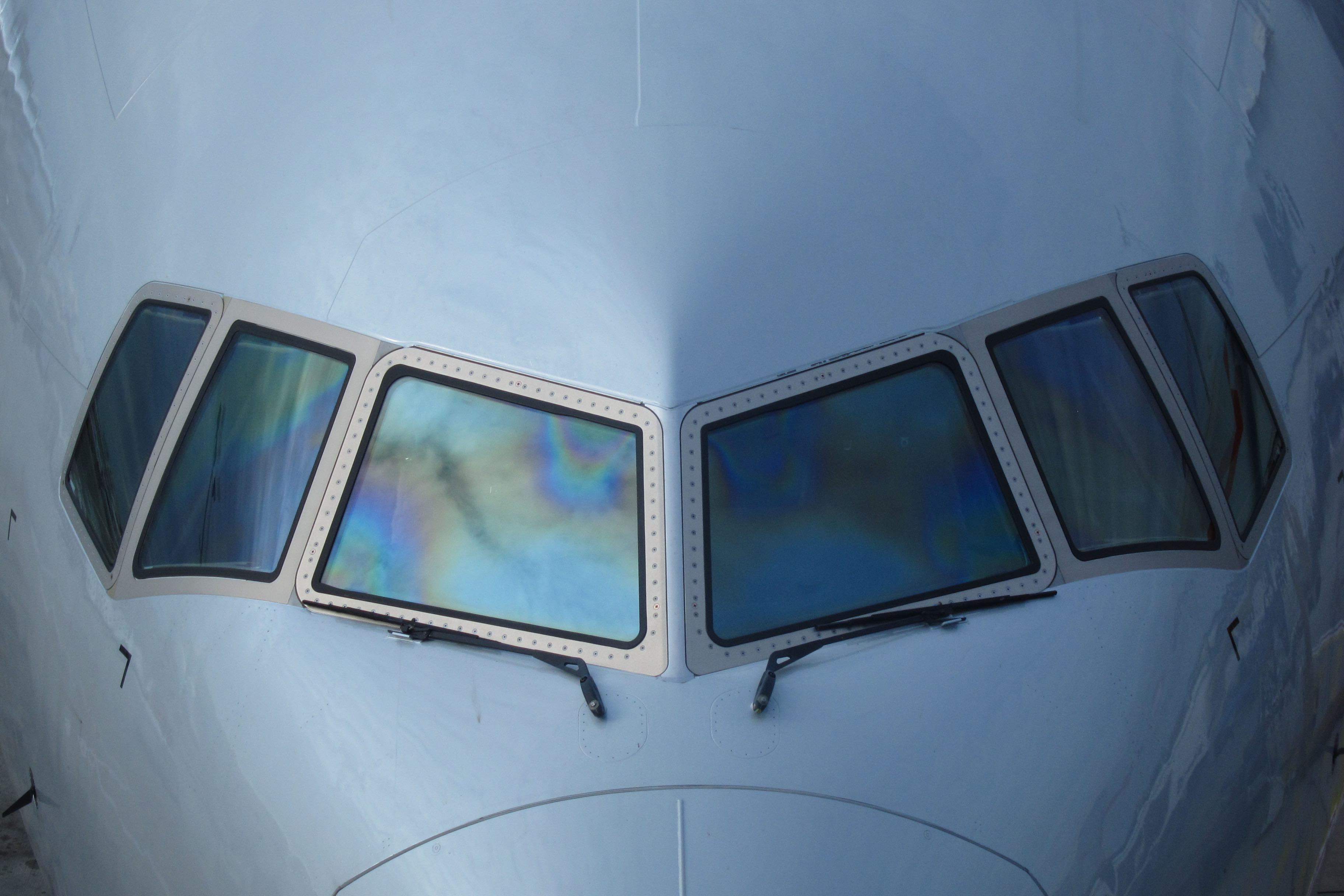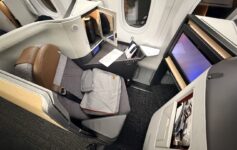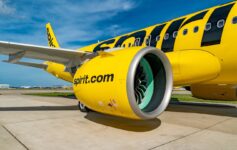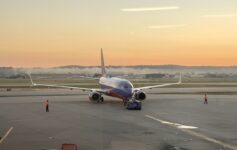Yesterday afternoon a cracked windshield forced an American Airlines flight bound for Tokyo to return to Chicago.
Flight 153 was operated by a 787-8 with 164 passengers and 13 crew members. The flight left at 3pm CT and returned to O’Hare by 5pm.
AA was swift to point out that passengers were never in danger, telling a local ABC affiliate:
As a reminder, aircraft windshields have multiple layers. … Our maintenance team will evaluate the aircraft once it has landed and we will work to get our customers to their destination as quickly and safely as we can.
What Causes Airline Cockpit Windshields to Shatter?
Recall Sichuan Airlines Flight 8633 in May, traveling from Chongqing to Lhasa, where the windshield unexpectedly shattered mid-flight. Captain Liu Chuanjian was instantly sucked halfway out of the cockpit window and survived only because he had his seatbelt on. Pilots declared an emergency and guided the aircraft safely to Chengdu: no passengers were hurt.
And of course we cannot forget US Airways 1549, the miraculous Hudson River landing by Captain Chesley”Sully” Sullenberger III.
So what causes an airline windshield to shatter?
Oliver McGee, an engineer-turned-political-analyst, wrote about this topic extensively.
First, he states that cracked or shattered windshields are a common occurrence:
In fact, cracked or shattered cockpit windshield occurrences, during commercial aircraft flights at normal cruise altitudes, ranging 20-38 thousand feet, happen more often than one might think. Every week or two there is a cracked or shattered cockpit windshield incident happening on one of the nearly 90 thousands flights airborne each day (or nearly 33 million flights annually) around the world.
Second, he reasons that the extreme stress of competing forces placed upon airline windshields is the most frequent cause of a cracked windshield, though birds can also be a culprit:
The nearly 5-6 thousand flight-cycles an airlines’ aircraft asset undergoes produces extreme thermal changes across the cockpit windshields. This can cause moderate flight-cycle fatigue failures of the windshields, inducing face-plate and/or windshield layered construction cracks.
Bottom line: it happens often. Relax. If you’re into the science behind it, read the linked story.
CONCLUSION
Cracked airline windshields are a fact of life…and usually not a big deal. But that does not make it any less scarier when they suddenly shatter mid-flight.
image: Olivier Cleynen





Note, US Airways 1549 didn’t suffer a cracked windshield, but rather a bird strike that took out both engines.
Yeah, Matthew… (dumbstruck)
As a former health and safety professional from Los Alamos National Laboratory it seems to me that prudent logic would dictate that if the incident of cracked windshields is as frequent as this article claims, then all related passenger planes need to be immediately placed on a windshield replacement schedule. All the signs of a pending disaster are present, including complacency, frequency of occurrence of cracked windshields, which is an accident precursor, and near misses. The airline industry should not need to reference a crashed flight to justify a preventative measure, the purpose of which is to heighten the safety of passengers and crew. Visual inspection of windshields will not reveal pertinent damage at the micro level.
Aircraft windshields are made with several panes, very thick load carrying panes and a thinner pane on the outside which has the heating film.
99 percent of the time it is the thin outside pane that cracks.
Generally not a safety problem.